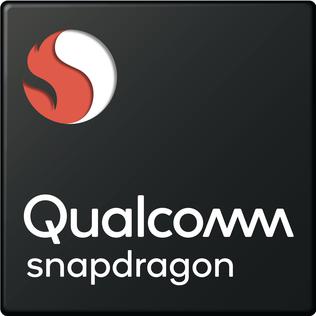 Qualcomm Snapdragon 632
Qualcomm Snapdragon 632
 Samsung Exynos 7904
Samsung Exynos 7904
Comparision Qualcomm Snapdragon 632 vs Samsung Exynos 7904
Grade
Top specs and features
AnTuTu test score
Memory frequency
4G support
Technological process
GPU base clock
Description
Qualcomm Snapdragon 632 - 8 - core processor, clocked at 1800 GHz. Samsung Exynos 7904 is equipped with 8 cores clocked at 1800 MHz. The maximum frequency of the first processor is 1.8 GHz. The second is capable of overclocking to 1.8 GHz.
Qualcomm Snapdragon 632 consumes 7 Watt and Samsung Exynos 7904 5 Watt.
As for the graphics core. Qualcomm Snapdragon 632 is equipped with Adreno 506. The second uses Mali-G71 MP2. The first operates at a frequency of 725 MHz. Samsung Exynos 7904 operates at 770 MHz.
Regarding processor memory. Qualcomm Snapdragon 632 may support DDR3. The maximum memory capacity is 6 GB. And its throughput is 7 GB/s. Samsung Exynos 7904 works with DDR4. The maximum amount of memory can be 6. At the same time, the throughput reaches 15 GB/s
Let's move on to performance testing in benchmarks. In the AnTuTu benchmark, Qualcomm Snapdragon 632 scored 115598 points out of 988414 possible points. In the GeekBench 5 (Multi-Core) benchmark, it scored 1008 points out of a possible 16511 points. Samsung Exynos 7904 in Antutu received 144299 points. And GeekBench 5 (Multi-Core) scored 978 points .
Results.
Why Samsung Exynos 7904 is better than Qualcomm Snapdragon 632
- FLOPS 133 TFLOPS против 69 TFLOPS, more on 93%
Qualcomm Snapdragon 632 vs Samsung Exynos 7904: highlights


Interfaces and communications
Memory specification
Performance
Benchmark tests
FAQ
How many points does Qualcomm Snapdragon 632 and Samsung Exynos 7904 score in benchmarks?
In the Antutu benchmark, Qualcomm Snapdragon 632 scored 115598 points. Samsung Exynos 7904 scored 144299 points.
How many cores does the processor have?
Qualcomm Snapdragon 632 has 8 cores. Samsung Exynos 7904 has 8 cores.
Does the processor support NAVIC?
Qualcomm Snapdragon 632 There is no data.
How many transistors are there in processors?
Qualcomm Snapdragon 632 has 2000 million transistors. Samsung Exynos 7904 has 2000 million transistors.
What GPU is installed on Qualcomm Snapdragon 632 and Samsung Exynos 7904?
Qualcomm Snapdragon 632 uses Adreno 506. Processor Samsung Exynos 7904 has graphics core Mali-G71 MP2 installed.
How fast are the processors?
Qualcomm Snapdragon 632 is clocked at 1800 MHz. Samsung Exynos 7904 operates at 1800 MHz.
What kind of RAM is supported?
Qualcomm Snapdragon 632 supports DDR3. Samsung Exynos 7904 supports DDR4.
What is the maximum frequency of processors?
Qualcomm Snapdragon 632 has a maximum frequency of 1.8 Hz. The maximum frequency for Samsung Exynos 7904 reaches 1.8 GHz.
How much energy do they consume?
The power consumption of Qualcomm Snapdragon 632 can be up to 7 Watts. Samsung Exynos 7904 has up to 7 Watts.



















